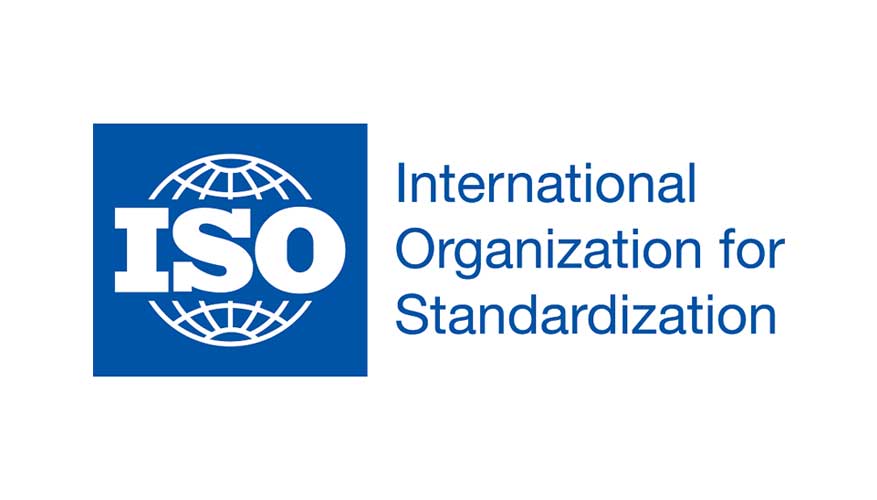Table of Contents
Have you ever wondered how you can open a soda can and take it with confidence to your palate? Or when you can easily decide between a Japanese, a French or an American car under criteria of aesthetics or cost but without having to complicate by the signals or language that you will find on the board or console. Or how can you use your credit card to make purchases to almost any destination where you go.
All of the above are reflections of the importance of quality and standardization that are established for our benefit and comfort worldwide, thanks to internationally accepted models such as ISO standards .
The ISO standards are a set of patterns and procedures which confer international quality standard processes, products and services.
The ISO or International Organization for Standardization is the international and independent body that developed, updates and disseminates the most important international standards of quality and standardization in the world.
ISO has a global presence and since the name of ” International Organization for Standardization ” would be abbreviated differently in different countries, the founders chose the name ” ISO “, derived from the Greek term ” isos” , which wants say “same”.
The ISO is a non-governmental organization based in Geneva, Switzerland, which consolidates and harmonizes the regional standards institutes and regulatory bodies of some 170 member countries.
Let’s dedicate a few lines to know what ISO Standards are, what they consist of and how they help us.
What are ISO standards?
A standard is a document of consultation and application. It is a set of rules to be constantly used as a model of good principles, practices or guidelines.
A norm creates a pattern of individual and group behavior, so it controls how people develop and manage tasks, processes, materials, products, services, technologies and systems.
The ISO Standards are a set of guidelines, methodologies, requirements and specifications created and disseminated worldwide by the International Organization for Standardization that applied with discipline and consistency ensure quality parameters in the inputs, processes, products and services of organizations regardless of the size, sector and geographical area.
According to the Consumer Policy Committee attached to ISO (COPOLCO), the series of ISO standards contain a set of criteria, methodologies and technical specifications that ensure that “materials, products, processes, services, systems and people conform to the purposes foreseen in each norm “.
The ISO standards are developed by technical committees specialized and supported worldwide. Members of the International Organization for Standardization agree and agree on the content and give their approval before the publication and dissemination of a standard.
The ISO norms do not have a validity or specific duration, however periodically they are subjected to revisions and updates to ensure that they adjust to the technological advances and trends of the industry and the market.
When a company adheres entirely to the provisions of an ISO standard, it can seek an ” ISO certification” of compliance, which will accredit it internationally as a quality standard for its products, services and processes.
Most popular ISO standards
Since its creation in 1947, the ISO has formulated and published some 22,000 standards, not all of them are currently valid, some are replaced or covered by more recent ones and only a few can be certified.
However, three of them are considered by the ISO itself as the most popular ISO standards or most widely implemented worldwide, another dozen are listed as the most representative.
ISO 9001: Quality management
A whole standard of ISO standards , the ISO 9000 family covers a set of standards, fourteen up to now, of which ISO 9001: 2015 is the only one that can be certified. It brings together the aspects of quality management most disseminated by the ISO, detailing how to achieve the implementation of a quality management system for any company.
According to Medium.com, ISO 9001 is published for the first time in 1987 and is updated on average every seven years. The number of ISO9000 certifications already exceeds one million in the 170 member countries.
ISO 14000: Environmental Management
To achieve a management system that meets quality standards in harmony with the environment and continuous improvement, the ISO 14000 family of standards was developed .
The ISO 14001 is the most popular and the only certifiable. Involves the parameters and methodologies to implement an environmental management system based on the PDCA (PDCA) model or continuous quality improvement.
According to Medium.com by 2017, the three hundred thousand ISO14000 certifications delivered worldwide had already been surpassed .
ISO 22000: Food safety management
The ISO 22000 family is a series of specialized standards for the food industry.
It focuses on the development and implementation of food safety systems for the production and handling of food from manufacturers, distribution chains to restaurants.
The ISO 22000: 2018 is certifiable and last updated in 2018. By 2017 he was next to reach the thirty thousand certifications worldwide.
The faithful attachment and discipline with respect to ISO standards provides a competitive advantage to the company. The ISO standards and certifications, promote effective communication, simplified internal processes, productivity, lower costs and a reputation for processes and products with high quality standards.
